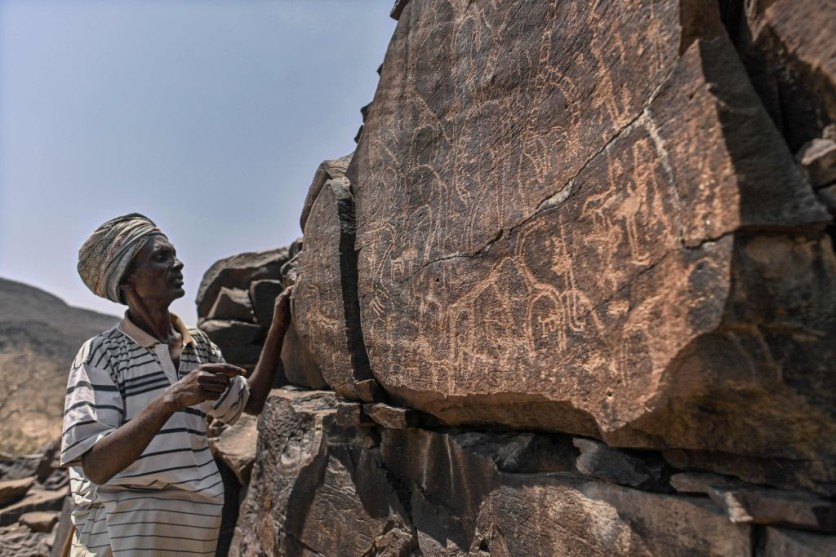Archaeologists found the oldest workshop for the production of obsidian bifaces dating back to over 1.2 million years ago. It was located at Melka Kuntera, a rich site for archaeological deposits marked by a unique set of flora and fauna, as per a press release from the Sapienza University of Rome.

Oldest Known Production Workshop
The research team was headed by Margherita Mussi, a lecturer at the Department of Ancient World Studies. They discovered at a Simbiro site in Melka Kuntere a small cliff that has five visible archaeological levels of the Acheulean from more than 1,200,000 years ago.
Acheulean is an archaeological industry of stone tool manufacturing most noted for its unique oval and pear-shaped hand axes. It is the first standardized tradition of toolmaking headed by the Homo erectus and early Homo sapiens.
One of the levels that the research team found highlighted an astounding amount of obsidian bifaces and flakes derived from human production.
A close examination of the bifaces reveals that they are highly standardized. This suggests they were created by skilled hands that produced large chips and retouched them to maintain constant and repeated shapes even though obsidian is not an easy object to work with due to its fragility.
"The fact that there were no other types of tools at Simbiro, with the exception of these high-quality obsidian tools, leads us to believe that this was a specialized production site," Mussi said in a statement.
"In other words, this is a production workshop, the oldest ever known, since those known so far date back no more than 300,000 years".
History of Obsidian
According to the archaeologists, obsidian has already been chipped as early as 2 million years ago since the Olduvain culture predominated on this volcanic glass.
However, they were merely little fragments made from a few centimeter-sized pebbles; starting around 1,950,000 years ago, larger fragments and a few bifaces were also created, although infrequently and from other volcanic stones like basalt.
Mussi said that their findings show a crucial stage in the development of human intelligence, which is innovation and creativity. She notes that it is the first example of "parallel thinking" development that forges knowledge and technical skills that were earlier obtained in other productions.
She adds that Melka Kunture not only sheds light on the evolution of human intelligence but also serves as a warning against making hasty generalizations about the capacities of Lower Pleistocene hominids, who did more than simply adapt to their surroundings.
The team's findings were detailed in Nature Ecology and Evolution.
Related Article : Archaeologists Find an Extremely Rare 1,300-year-old Gold and Gemstone Necklace From a Medieval Woman in England

ⓒ 2025 TECHTIMES.com All rights reserved. Do not reproduce without permission.




